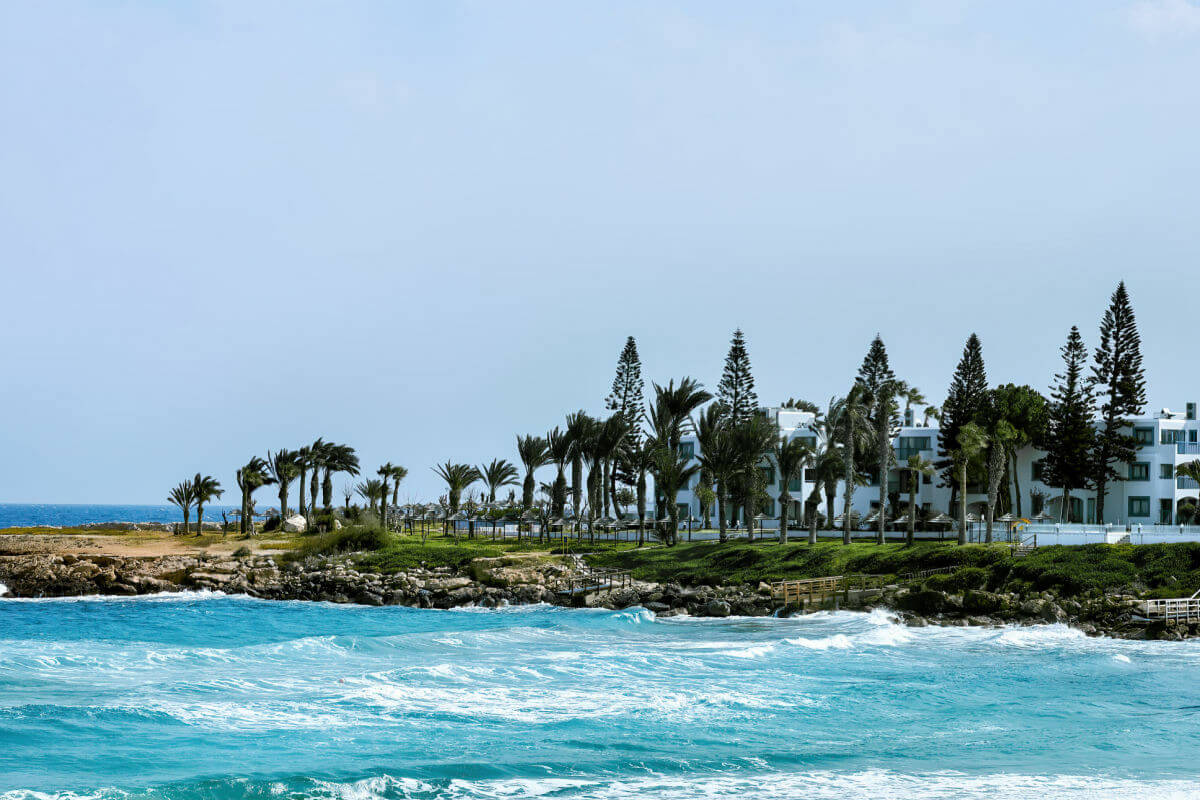Pensacola Bay offers natural beauty, and it remains one of the top destinations for anyone who loves the water. One of the best ways to protect the area’s natural ecosystem is to create artificial reefs. These living shorelines offer numerous benefits, such as improving wildlife habitats and providing better water quality. Learning more about a living shoreline and understanding the pros and cons of their maintenance in Pensacola Bay is key to shoreline conservation.
What is a Living Shoreline?
A living shoreline is both a place and a method used for shoreline stabilization that uses natural and natural looking elements, such as plants, coral reefs, sand, and rocks to protect coastal areas. These living shorelines blend with the natural environment and provide natural habitats for wildlife while preventing land erosion. Creating artificial reefs in Florida is a win-win for everyone, and they have a more esthetically pleasing look than traditional hard barriers. Florida’s living shorelines are increasingly popular due to their ability to adapt to changing conditions and support coastal ecosystems.
Living Shoreline Barriers – Advantages and Disadvantages
Learning all about the pros and cons of a living shoreline is well worth your time. You can even check out an Escambia County artificial reef map to find ones in your area. Weighing all of the different benefits and drawbacks can help you decide if living shoreline projects are worth the investment.
Here are some of the benefits of artificial reefs:
Better Wildlife Habitats
Living shorelines create diverse habitats for a variety of marine and land species. Native vegetation and artificial reefs create thriving ecosystems, supporting fish, birds, and other wildlife. This not only boosts biodiversity, but also provides more recreational opportunities, such as bird watching and fishing.
Improves Water Quality
Natural filtration systems within living shorelines are thought to trap sediments and filter pollutants. This process typically improves water quality, which benefits both the environment and human communities. Cleaner water supports healthier aquatic life and provides safer conditions for swimming and other recreational activities.
Erosion Control and Shoreline Stabilization
Living shorelines with artificial reefs also absorb wave energy, which reduces the wave’s impact on coastal areas. This natural erosion control method preserves the shoreline and prevents property damage over time. The stability provided by living shorelines can also protect infrastructure and reduce the need for costly repairs and reinforcements.
Here are some of the disadvantages of a living shoreline:
Higher Initial Costs
Installing living shorelines can be more expensive upfront compared to traditional methods of shoreline maintenance. The need for specific materials and professional expertise can increase initial investment. However, this higher cost can often be offset by the long-term savings in maintenance and repair when having a living shoreline.
Ongoing Maintenance and Monitoring
Living shorelines commonly require continuous care to maintain their effectiveness. Regular monitoring and maintenance are essential to make sure that they work as intended and adapt to changing conditions. This ongoing effort creates a need for additional time and resources.
Limited Protection Against Extreme Weather
In some cases, living shorelines may not provide sufficient defense against severe weather events such as hurricanes. Their effectiveness depends on local conditions and the living shoreline design. Integrating living shoreline design with traditional barriers may be necessary in areas prone to extreme weather.
Living Shoreline Project Cost
The cost of living shoreline projects may vary due to several factors, including size, design, and materials used. Simple projects may cost a few thousand dollars, while more complex designs can reach tens of thousands. Despite the initial expense, living shorelines often prove to be cost-effective overall due to their durability and reduced need for repairs. Funding and grants to support such artificial reefs are available at times.
Closing Thoughts About Shoreline Stabilization
Maintaining Escambia County’s artificial reefs is crucial for preserving the area’s natural beauty. While living shoreline projects involve certain costs as well as require maintenance, their benefits far outweigh the disadvantages. Artificial reefs provide sustainable shoreline stabilization, create wildlife habitats, and improve water quality. Investing in memorial reefs, despite their costs, provides lasting benefits that contribute to a healthier and more resilient coastal environment.
